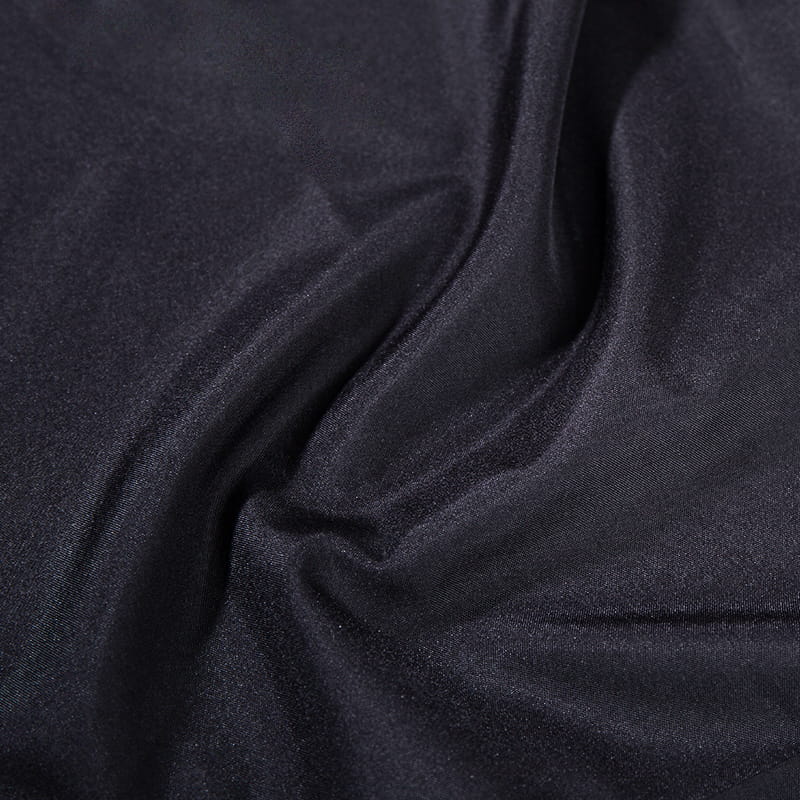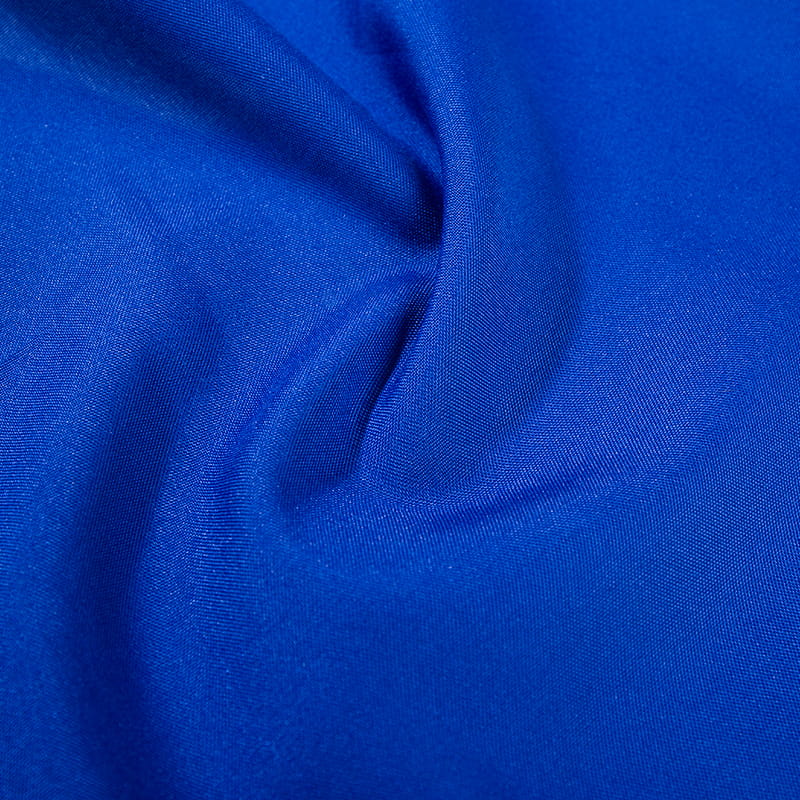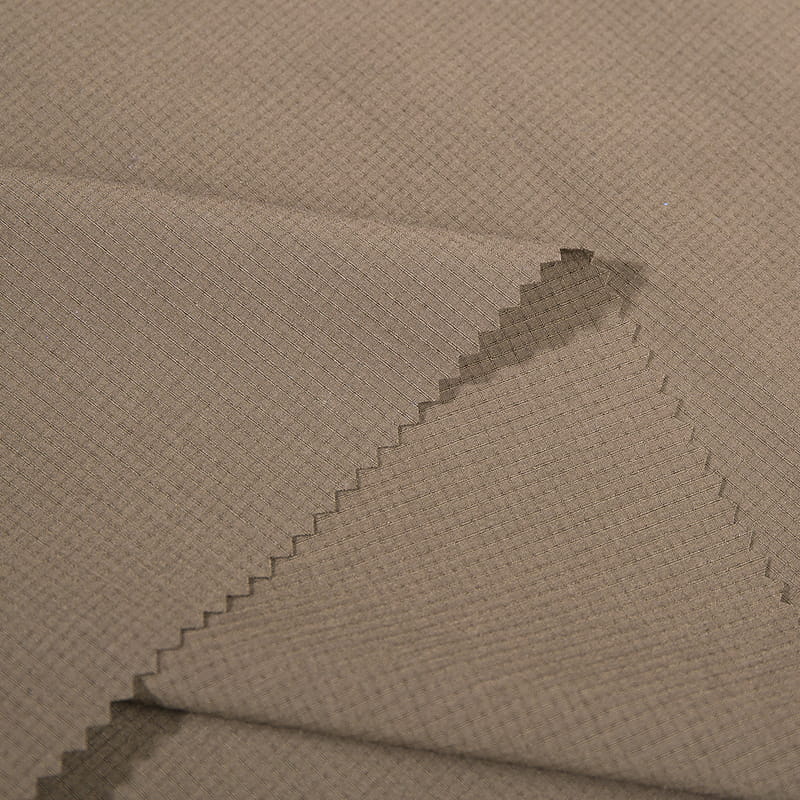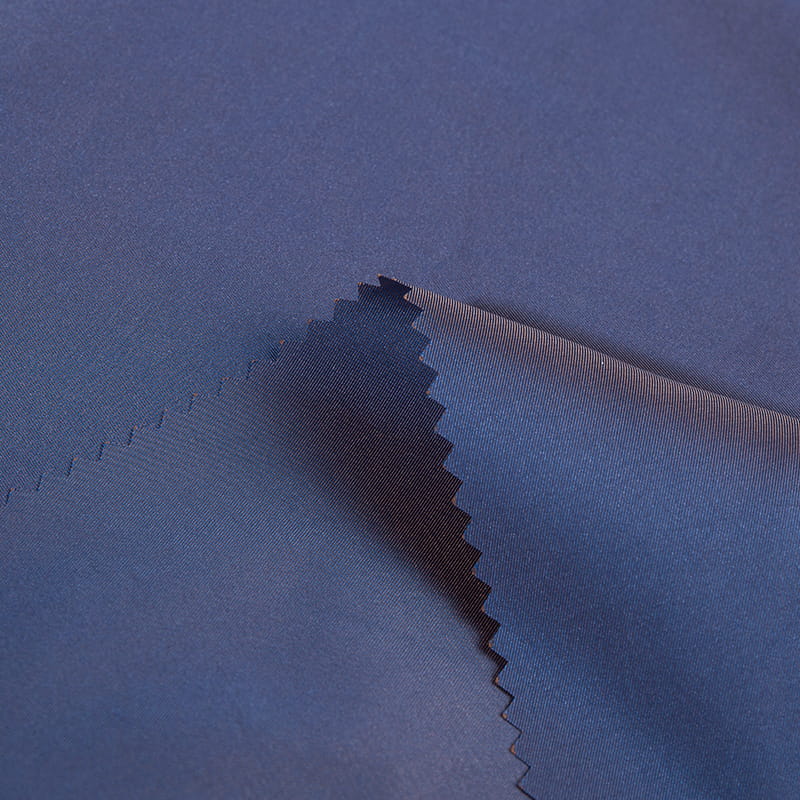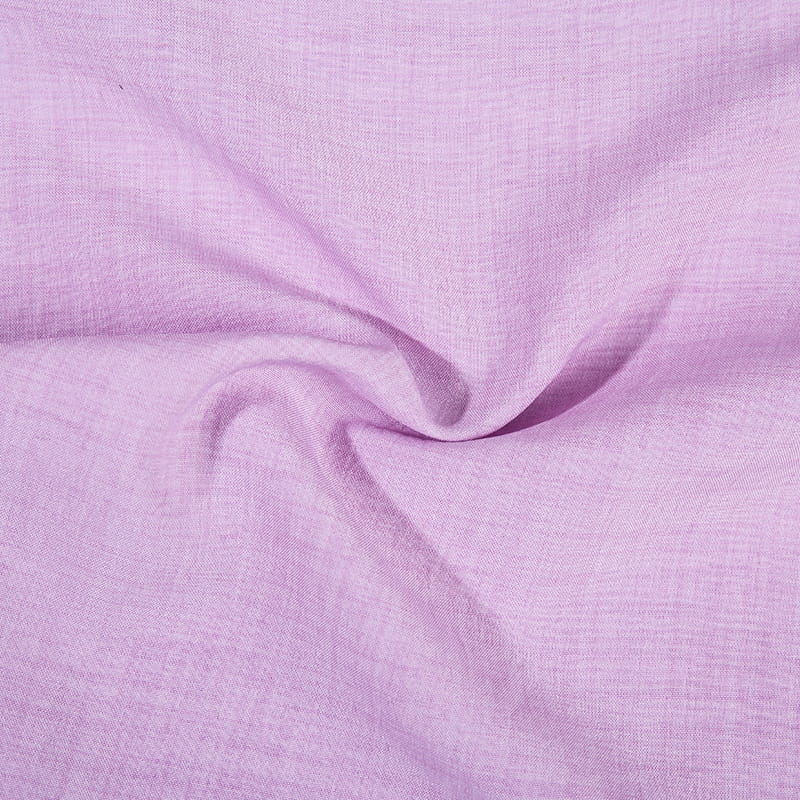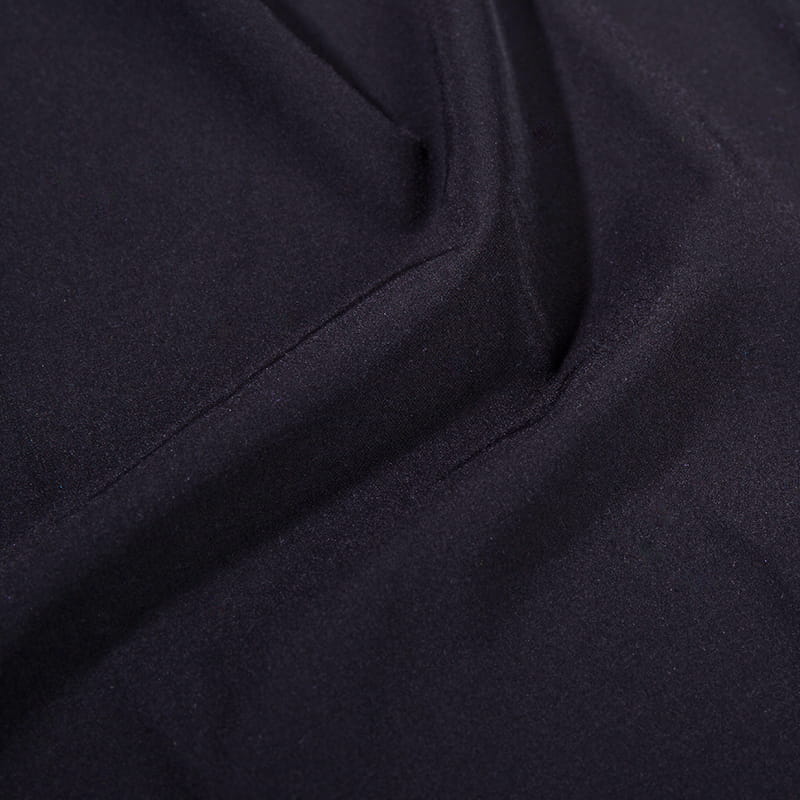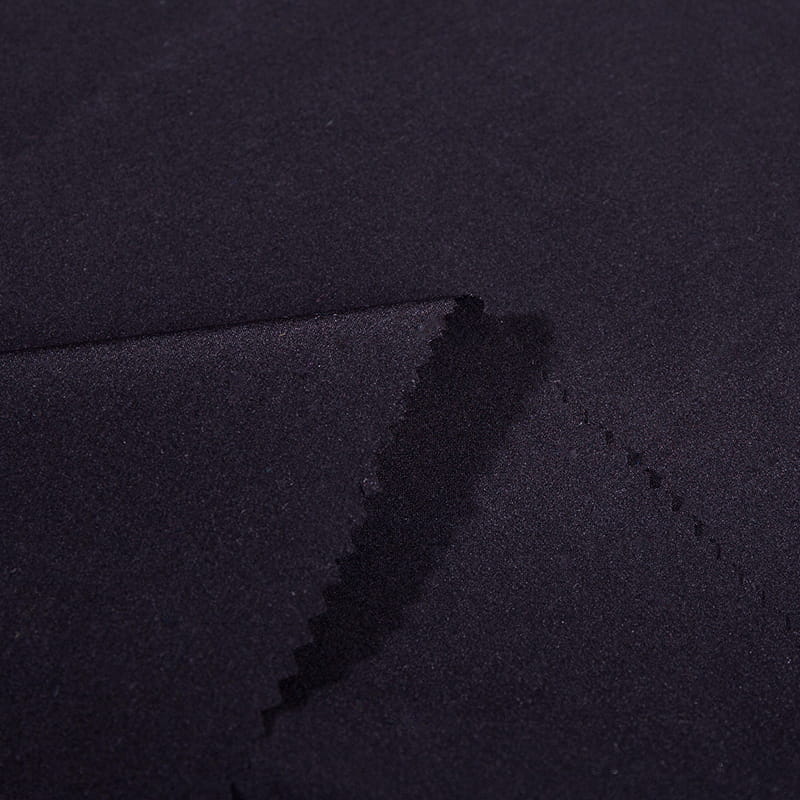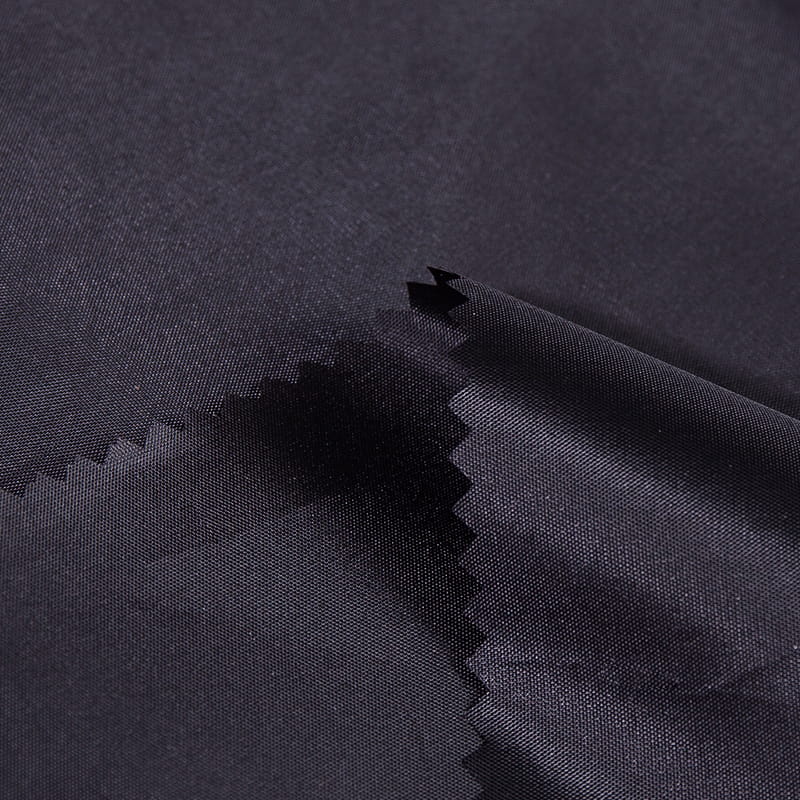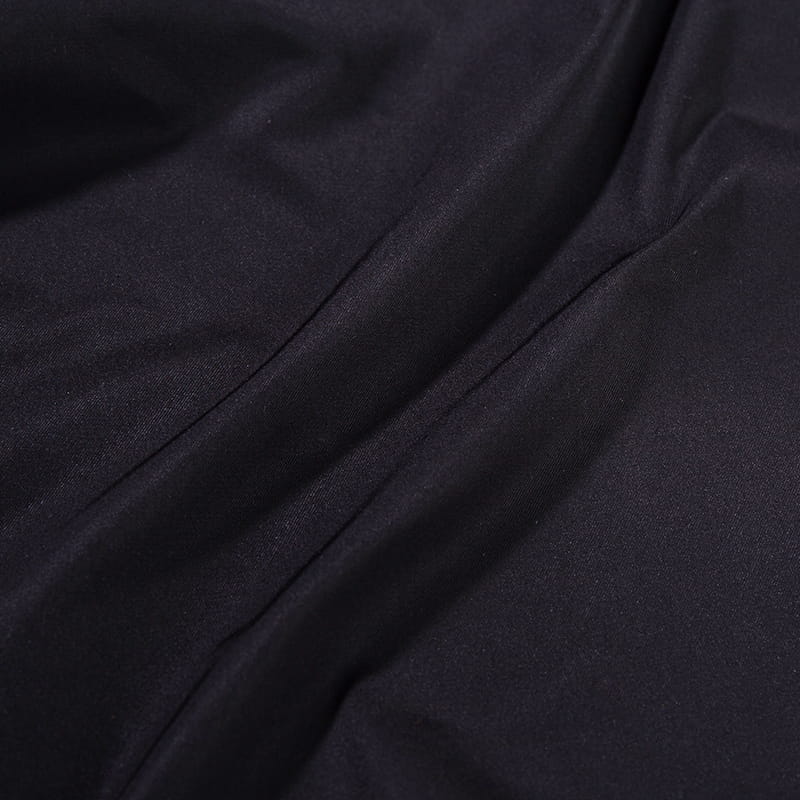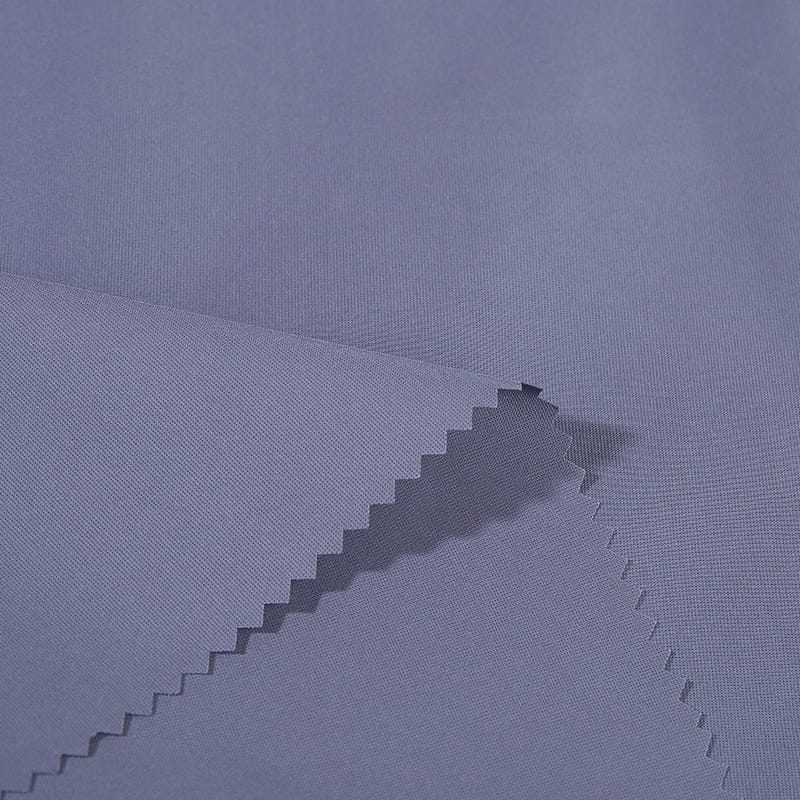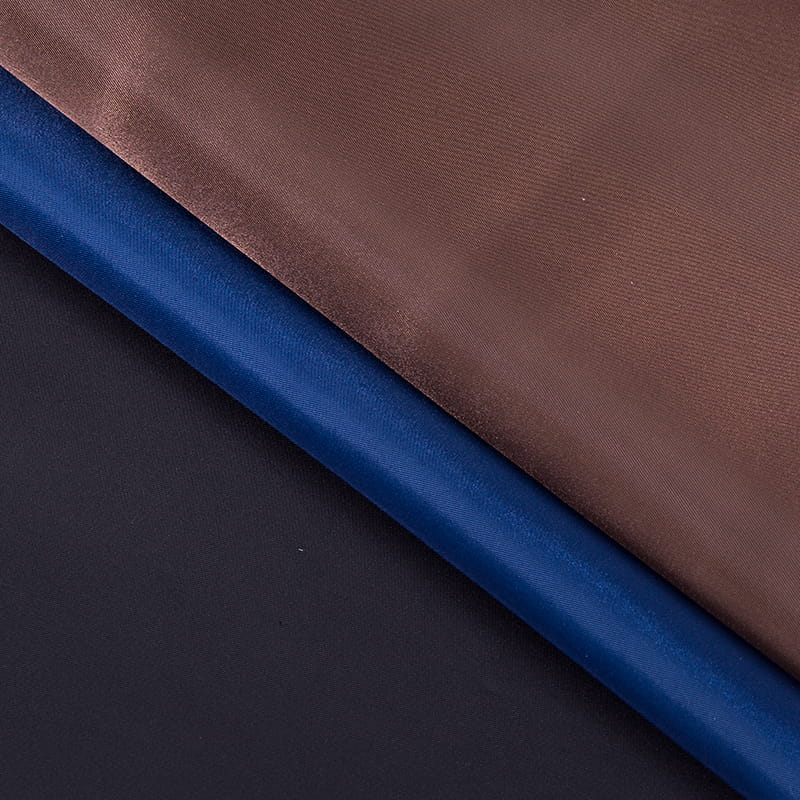Unveiling Satin Poly Pongee: Why It's a Darling of High-End Fashion and Home Decor
2025-09-30
In the world of textiles, few fabrics manage to strike a perfect balance between opulent aesthetics and remarkable practicality. Satin Poly Pongee is one such material that has consistently captivated designers and homeowners alike. This fabric, a sophisticated blend of polyester fibers woven in a pongee style and finished with a satin weave, offers a unique proposition: the luxurious drape and sheen of silk coupled with the durability and affordability of polyester. Its rise to prominence in high-end fashion and home furnishings isn't accidental; it's the result of its unparalleled performance and versatility. This article delves deep into the characteristics, applications, and compelling reasons behind the widespread adoption of Satin Poly Pongee, exploring why it has become the go-to choice for those who refuse to compromise on either luxury or longevity.
What Exactly is Satin Poly Pongee?
To truly appreciate Satin Poly Pongee, it's essential to understand its composition and construction. The name itself is a descriptor: "Satin" refers to the specific weave pattern that creates a smooth, glossy surface on one side and a dull back; "Poly" is short for polyethylene terephthalate (PET) or polyester, the synthetic fiber known for its strength and resilience; and "Pongee" is a weaving technique originally used with silk, resulting in a textured, slightly nubby surface on the reverse side. The genius of this fabric lies in this combination. The satin weave provides the breathtaking luster and soft hand-feel that is often associated with luxury, while the polyester content and pongee base impart incredible strength, wrinkle resistance, and color retention. This fusion creates a material that is not only beautiful to look at and touch but also exceptionally easy to care for and built to last, making it a superior choice for a multitude of demanding applications.
- Core Composition: Primarily made from 100% polyester filaments, which are incredibly strong and resistant to stretching and shrinking.
- Weave Structure: The satin weave features long floating yarns that create the characteristic glossy surface, while the pongee background provides a subtle texture and added durability.
- Weight and Drape: Typically a lightweight to medium-weight fabric with an excellent, fluid drape that is ideal for garments and flowing home decor items.
- Surface Finish: The high-sheen finish is achieved through the weave and sometimes additional calendaring processes, giving it a near-silk appearance.
Key Properties and Advantages of Satin Poly Pongee
The popularity of Satin Poly Pongee is firmly rooted in its impressive set of physical properties. These characteristics directly address the common pain points associated with natural silks and other delicate fabrics, offering a user-friendly and performance-driven alternative. Its durability is perhaps its most significant advantage; polyester fibers are inherently strong, resistant to abrasion, and less prone to tearing than natural fibers. This makes garments and home goods made from this fabric capable of withstanding regular use and handling. Furthermore, it boasts exceptional color vibrancy, as polyester holds dye brilliantly, resulting in rich, deep colors that are less likely to fade quickly with washing or exposure to sunlight. From a maintenance perspective, it is remarkably low-care, being both machine washable and quick-drying, and it has a natural resistance to wrinkles, often requiring little to no ironing. These properties collectively make it an incredibly practical and cost-effective choice for creating luxurious-looking items.
- Durability and Strength: Excellent resistance to wear and tear, making it ideal for items that see frequent use.
- Colorfastness: Holds dyes exceptionally well, ensuring vibrant colors remain bright after multiple washes.
- Wrinkle Resistance: Naturally resists creasing, making it perfect for travel and everyday wear without constant upkeep.
- Easy Care: Most varieties are machine washable and dry quickly, simplifying maintenance routines significantly.
- Water and Wind Resistance: The tight weave offers a degree of protection against light moisture and wind, adding to its versatility.
Comparing Satin Poly Pongee to Other Luxury Fabrics
When selecting a fabric for a project, understanding how it stacks up against alternatives is crucial. Satin Poly Pongee is often compared to natural silk and other synthetic satins. While natural silk is the benchmark for luxury, with its unparalleled softness and breathability, it comes with significant drawbacks: it is delicate, expensive, requires professional cleaning, and is susceptible to water spots and sun damage. Other polyester satins might offer sheen but often lack the textured depth and durability of the pongee weave. Satin Poly Pongee successfully carves out its niche by offering a compelling mix of silk-like aesthetics and polyester's ruggedness. It provides about 80% of the visual and tactile luxury of silk at a fraction of the cost and with 200% of the durability. This makes it an outstanding budget-friendly silk alternative for both fashion and interior design, allowing for grandeur without the fragility.
| Feature | Satin Poly Pongee | Natural Silk | Standard Polyester Satin |
| Cost | Moderate | Very High | Low to Moderate |
| Durability | Very High | Low | High |
| Care Requirements | Easy, Machine Washable | Difficult, Dry Clean | Easy, Machine Washable |
| Sheen and Drape | High, Fluid | Exceptional, Fluid | High, Can Be Stiff |
| Breathability | Moderate | Very High | Low to Moderate |
Top Applications in Fashion and Apparel
The fashion industry has embraced Satin Poly Pongee with open arms, leveraging its properties to create stunning, wearable art. Its fluid drape and luminous surface make it an ideal candidate for garments that demand elegance and movement. Designers frequently use it for evening wear, such as gowns, cocktail dresses, and skirts, where its ability to catch the light creates a dazzling effect. Beyond formal attire, it's also popular in lingerie and loungewear due to its softness against the skin and durability against friction. The scarf and accessory market is another major area, as the fabric's excellent printability allows for vibrant, detailed patterns that make for statement pieces. The key advantage for fashion applications is that designers can achieve a high-end, luxurious look without the prohibitive cost and delicate nature of silk, making their creations more accessible and practical for everyday use and care.
- Evening Gowns and Formal Dresses: Provides a luxurious sheen and beautiful drape for red-carpet-worthy outfits.
- Lingerie and Camisoles: Offers a soft, smooth feel against the skin with enough strength for delicate garments.
- Scarves and Wraps: A perfect canvas for digital printing, resulting in vibrant, high-fashion accessories.
- Linings for Jackets and Coats: Its smooth surface allows outer garments to slide on and off easily, adding a touch of hidden luxury.
- Bridal and Special Occasion Wear: Used for sashes, overlays, and veils, providing elegance and durability for a long day.
Transforming Home Decor and Furnishings
In the realm of interior design, Satin Poly Pongee brings a touch of sophisticated glamour to living spaces while standing up to the rigors of daily life. Its applications are diverse, adding texture, light, and color to a room. One of the most popular uses is in window treatments; curtains and drapes made from this fabric hang beautifully, filtering light to create a soft, inviting ambiance and adding a vertical element of elegance. It is also a fantastic choice for decorative throw pillows and cushion covers, introducing a luxe tactile element to sofas and beds that is also easy to clean. Upholstery for accent chairs or headboards is another growing application, as its durability makes it suitable for furniture that isn't subjected to extreme daily abuse. The fabric's resistance to fading is a major benefit for home decor, ensuring that vibrant colors and patterns remain true even in sun-filled rooms, making it a smart and stylish choice for homeowners.
- Elegant Curtains and Drapes: Creates a flowing, light-catching effect that enhances any window and controls light gracefully.
- Decorative Pillows and Cushions: Adds a pop of shine and color to living rooms and bedrooms, elevating the overall design scheme.
- Luxurious Bedding: Used for duvet covers, shams, and sheets to create a five-star hotel feel with easy at-home care.
- Upholstery for Accent Pieces: Provides a durable yet sophisticated covering for chairs, ottomans, and headboards.
- Table Runners and Placemats: Introduces a formal yet resilient element to dining table settings for special occasions.

FAQs About Satin Poly Pongee
Is Satin Poly Pongee a good alternative to real silk?
Absolutely. Satin Poly Pongee is widely regarded as one of the best budget-friendly silk alternatives on the market. While it may not have the exact same breathability or prestige as mulberry silk, it delivers approximately 80-90% of the visual and tactile luxury at a significantly lower price point. Its superior durability, easy care (often machine washable), and resistance to wrinkles and fading make it a more practical choice for everyday use, active lifestyles, and applications where maintenance is a concern, such as in home decor or frequently worn garments. It allows you to achieve the high-end, glossy look of silk without the associated fragility and cost.
How do I properly care for and clean Satin Poly Pongee fabric?
Caring for Satin Poly Pongee is straightforward, which is a key part of its appeal. Always check the specific care label first. Generally, machine washing on a gentle cycle with cold water and a mild detergent is safe. To protect the surface, turn the item inside out before washing. Avoid using bleach or fabric softeners. Tumble dry on a low heat setting or, ideally, hang it to dry to prevent any potential heat damage and minimize wrinkles. If ironing is needed, use a low heat setting and iron on the reverse side (the dull pongee side) to prevent scorching or flattening the glossy satin surface. This easy care routine makes it far less demanding than natural silk.
What are the main differences between Satin Poly Pongee and other polyester satins?
The primary difference lies in the weave structure and the resulting texture and strength. Standard polyester satin typically has a smooth back similar to its front, just less shiny. Satin Poly Pongee, however, combines the satin weave on one side with a pongee weave on the reverse. The pongee weave is a plain weave with a slight, textured nubby effect, which adds body, strength, and reduces the fabric's slipperiness. This makes Satin Poly Pongee generally more durable, less prone to snagging, and easier to work with for sewists compared to the sometimes slippery nature of standard satin. It offers a more complex and interesting texture while maintaining a high-gloss finish.
Can Satin Poly Pongee fabric be used for outdoor applications like patio cushions?
While Satin Poly Pongee has some inherent resistance to moisture and wind due to its tight weave and polyester composition, it is not typically treated as a solution-dyed acrylic fabric would be for full-time outdoor use. It can be used for short-term or protected outdoor applications, like patio cushions that are under a covered deck, but prolonged direct exposure to sunlight (UV rays) will eventually cause the colors to fade, and it is not inherently mildew-resistant. For items that will be permanently exposed to the elements, a fabric specifically designed and treated for outdoor use is a more suitable and longer-lasting choice.
Why is Satin Poly Pongee considered a versatile material?
Satin Poly Pongee is deemed incredibly versatile due to its unique combination of aesthetic and functional properties. Its luxurious appearance makes it suitable for high-fashion garments and elegant home decor, while its durability and easy-care nature make it practical for daily use. It bridges the gap between high-end luxury and everyday practicality. This versatility is evident in its wide range of applications, from flowing evening gowns and delicate lingerie to sturdy curtain linings and decorative throw pillows. It can be digitally printed with vivid patterns, dyed in rich colors, and manipulated for various designs, making it a favorite across multiple industries for creators who need one fabric to do many things well.

 English
English русский
русский عربى
عربى